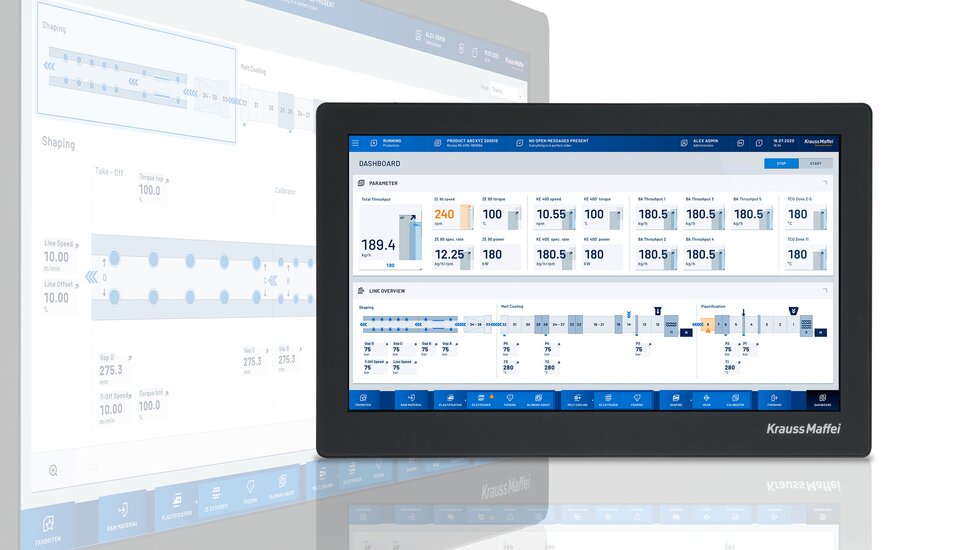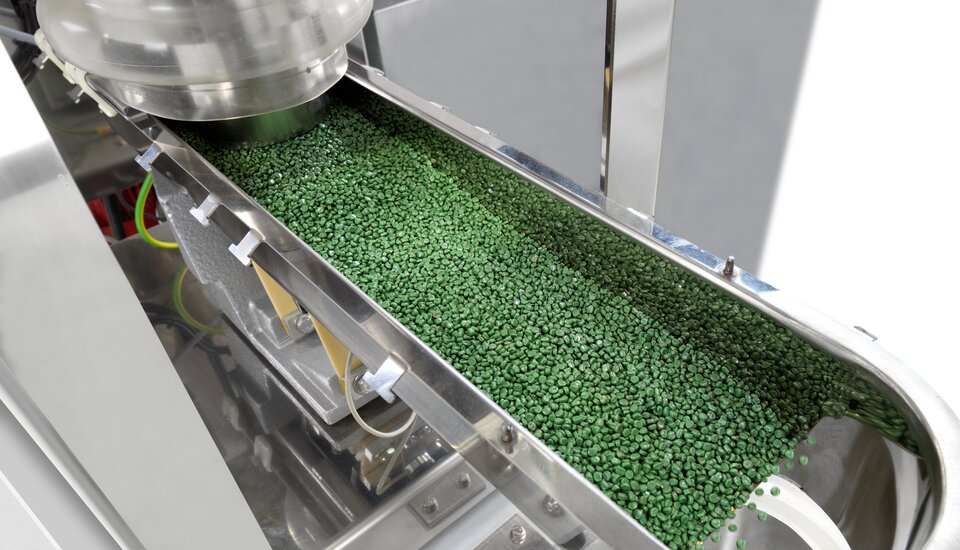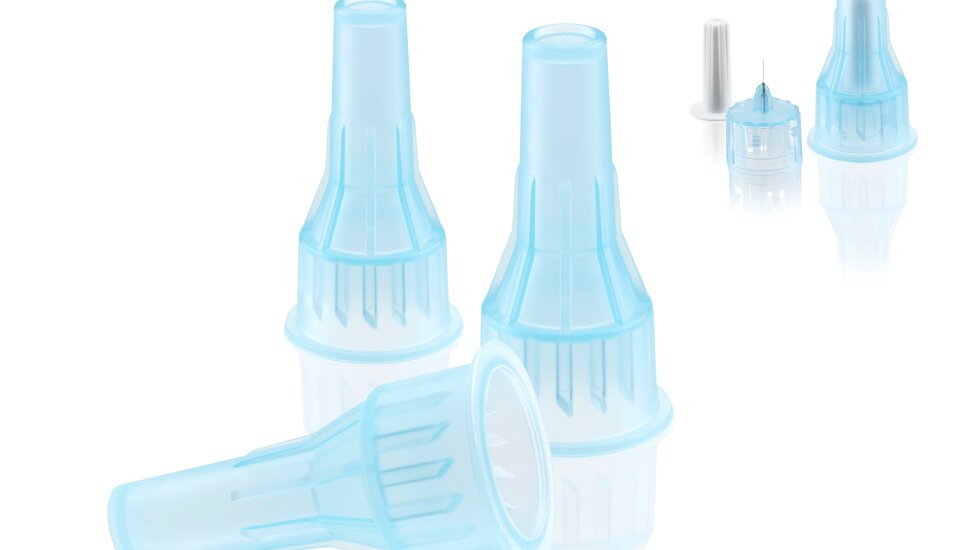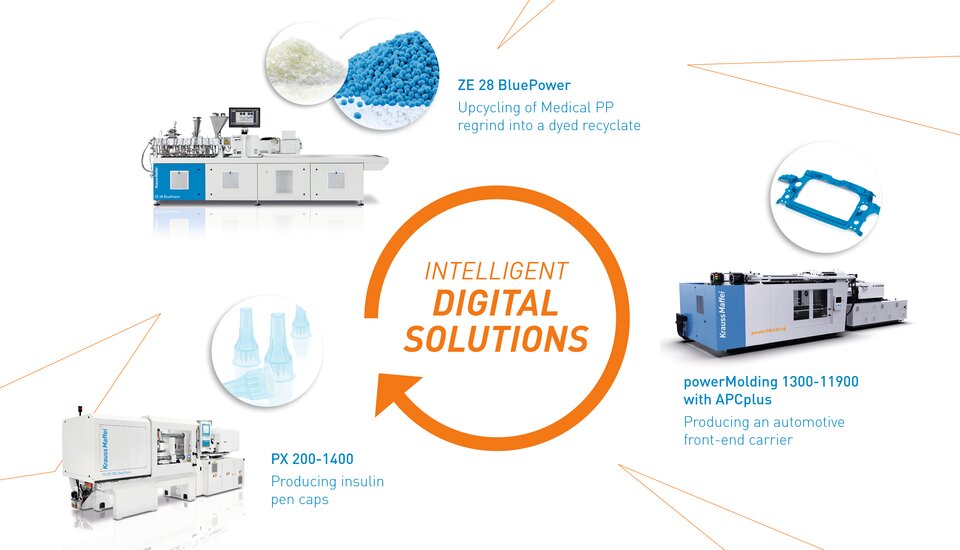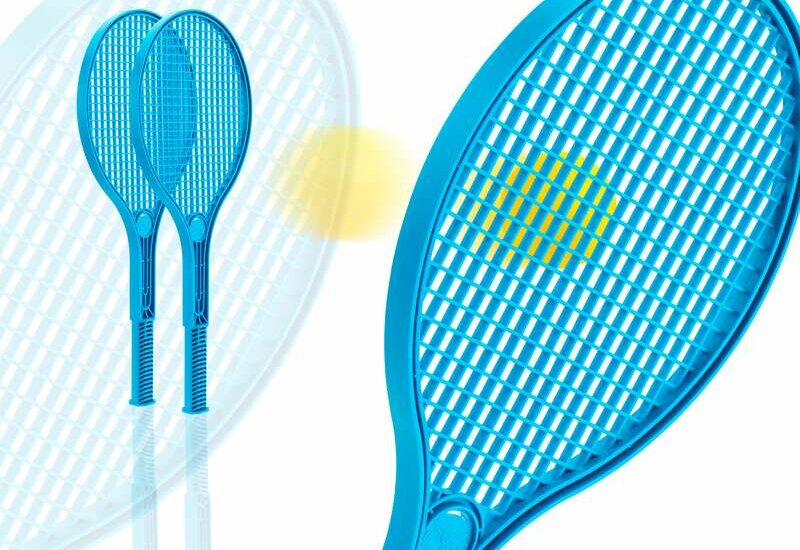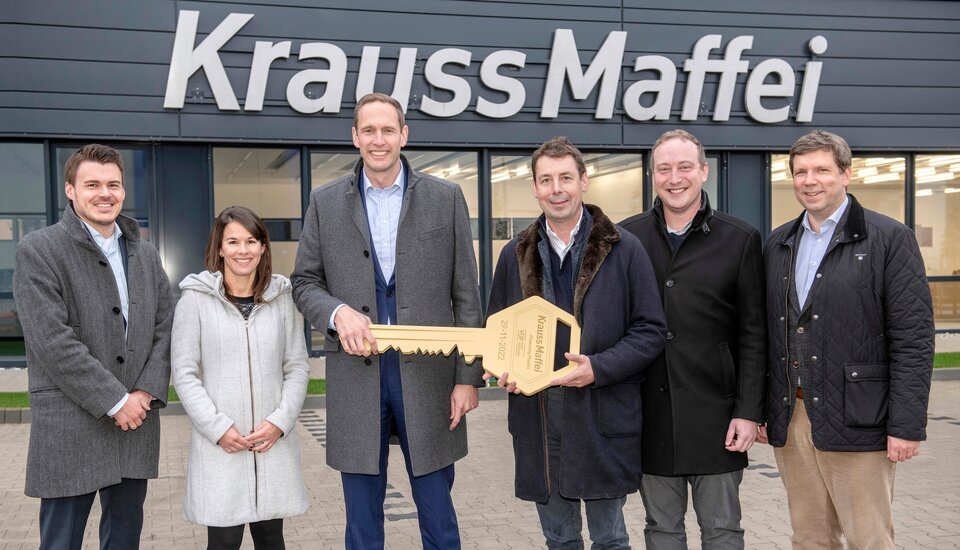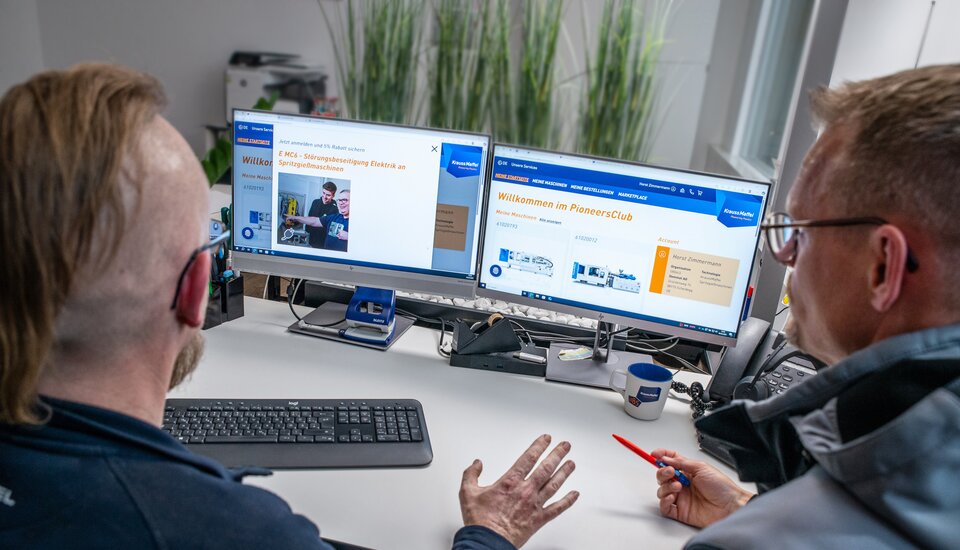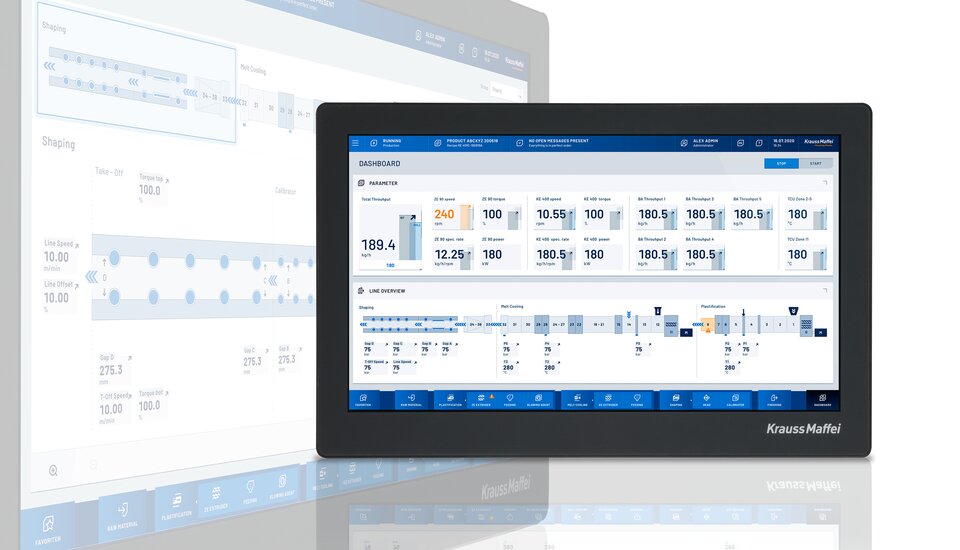
Trendgineering
Specialist for composite materials
| Petra Rehmet
PA, LSR, metal and membrane on a CX 160
The component's materials could hardly be more complex: a housing made from PA66 with 30% glass fiber content, molded-on liquid silicone sealing in addition to two metal inlays and a membrane. Rudi Göbel GmbH & Co. KG from Helmbrechts, Germany is a specialist in bonding materials—a task that KraussMaffei helps with.
Since 2010, employees at Rudi Göbel have been dealing with processing liquid silicone (LSR). This was initiated by one of their customers, which manufactures control boards for BMW. Now that challenges have been mastered—and extra shifts put in at the KraussMaffei TechCenter—we have a firm grasp on the technology and can use it to implement even extremely complex products.
Take, for example, the project being initiated at the moment: a housing for transmission control for all-wheel-drive vehicles made from PA 66 with a 30% glass fiber content, LSR with a hardness of 50 Shore A, two metal inlays and a membrane. The mold making process faced particular challenges due to the advanced geometry of the silicone components with both intricate seals and thick domes. "The specified, component-specific position of the injection point is not optimal," explains Operations Manager Reinhard Schneider. It was necessary to test a lot of approaches to ensure that the confluence would not take place at a sensitive point. One machine currently produces about 1,200 parts per shift—fully automatically in a sophisticated process developed together with KraussMaffei's Automation Technology area.

Transmission control housing
Quantities of 720,000 per year are expected

2-component injection molding
Here, a 1+1-cavity design
Sophisticated fully automated process
The process uses a hydraulic CXZ 160-750/55 with 1,600 kN of clamping force and a 2+2 rotary table mold. Once the mold is open, the rotary table rotates the two finished parts downward. A multi-gripper removes them and then inserts a metal bushing into each of the two lower cavities for the next shot. The mold closes. Thermoplastic is injected into the lower cavities and into the upper LSR onto the rigid component. The injection and curing time is used by the linear robot to set down the two removed parts and equip them with membranes, which are bonded together in succession and automatically tested for sealing 100% using overpressure and underpressure. At the same time, the robot takes bushings for the next shot from manually loaded magazines, subsequently setting the tested parts on a belt conveyor. For other systems already in operation, the magazines for the metal bushings are also loaded automatically and the membrane is positioned using a membrane dispenser, which results in an even more precise fit. At peak production, the system can be expected to produce up to 720,000 parts per year.
Temperature control and cycle times posing a challenge
Generally, temperature control and the different cycle times present major challenges when connecting LSR and thermoplastics. While the thermoplastic cavity is being cooled to approx. 120 to 140 °C, the mold temperature is more than 200 °C during LSR component injection. This requires a great deal of expertise for rotary table design and media distribution. Because the silicon has to cure, the cycle times for rigid and soft components often diverge significantly from each other. However, they must be aligned with each other to the greatest extent possible in order to achieve an efficient process. A special heat-balancing process and mold technology makes it possible for Rudi Göbel to reduce the cycle time for the LSR to half or even a third of what is required according to specifications. Reinhard Schneider will not reveal the details of how this happens, but Wacker investigated the products and confirmed that they are optimally cured. The company of 400 employees now hopes to apply its expertise to other fields. "In addition to electromobility, we see an emerging market for this process, especially in the area of power electronics," says Schneider with confidence. This field requires a vast quantity of housings with seals, leading quickly to high part counts.
